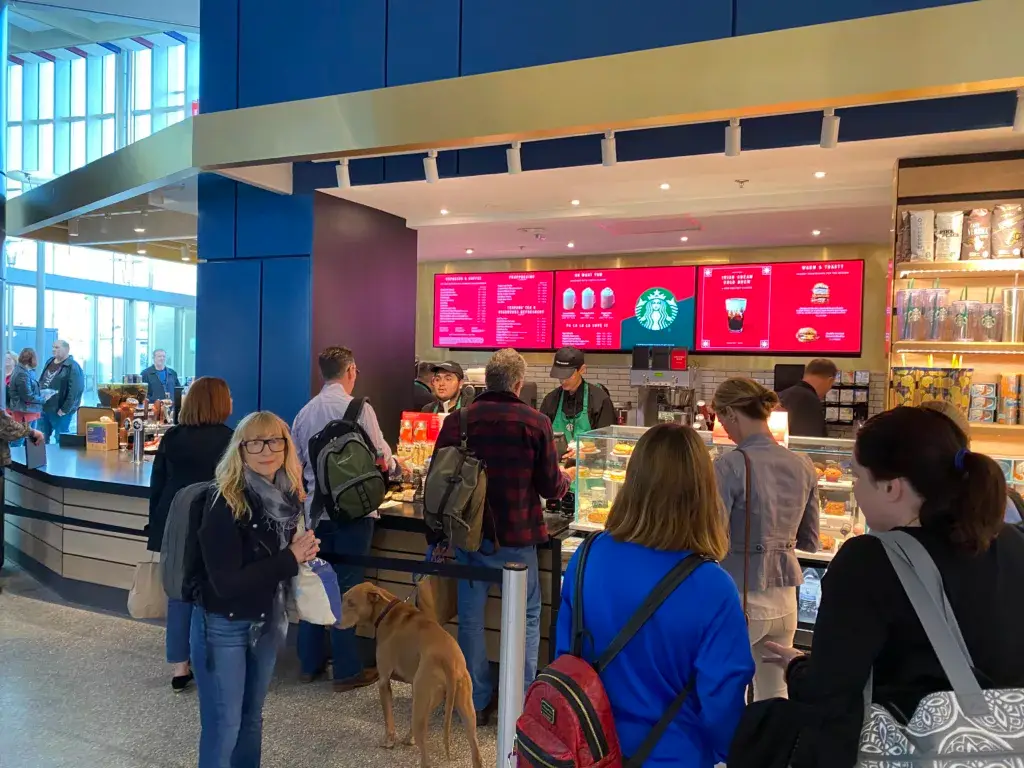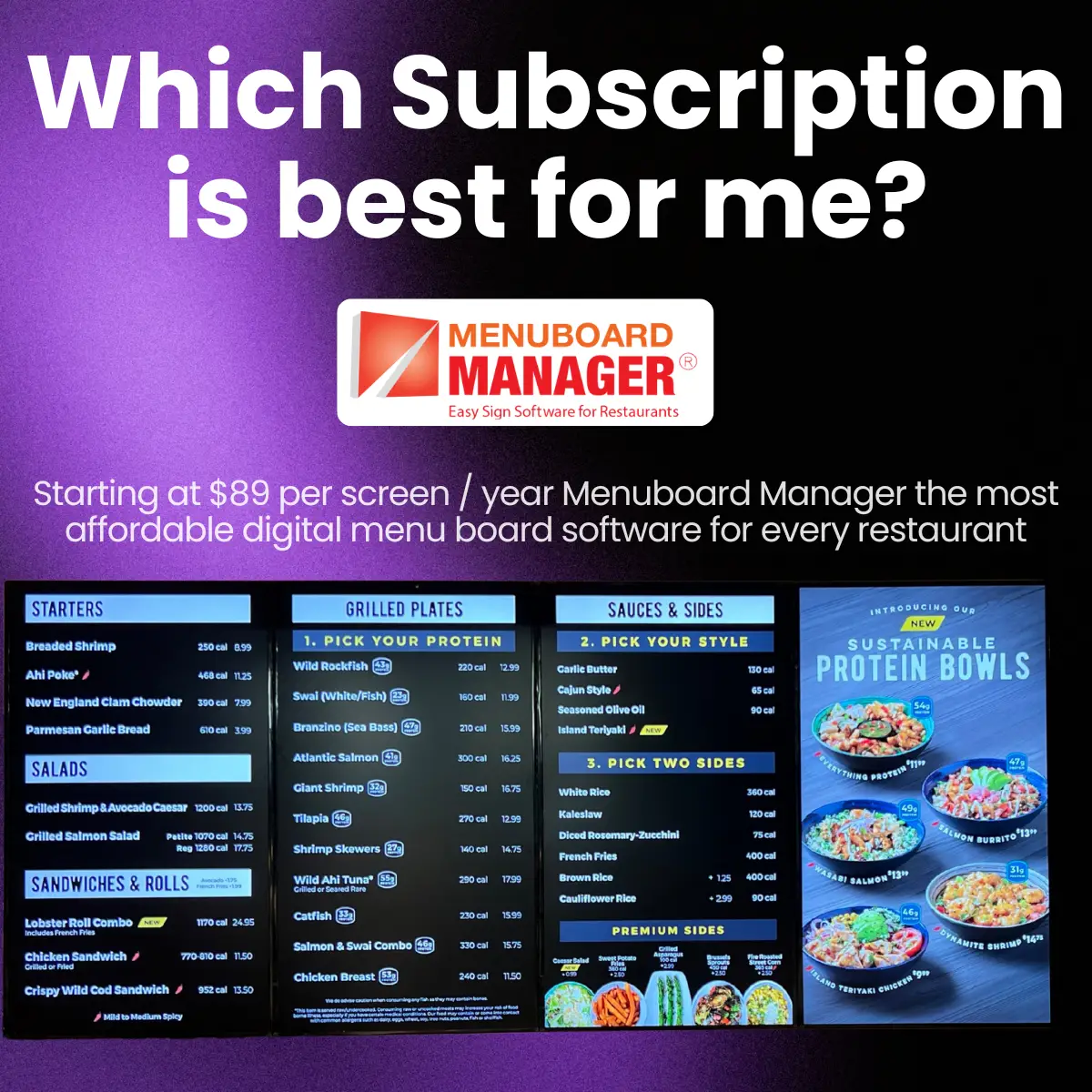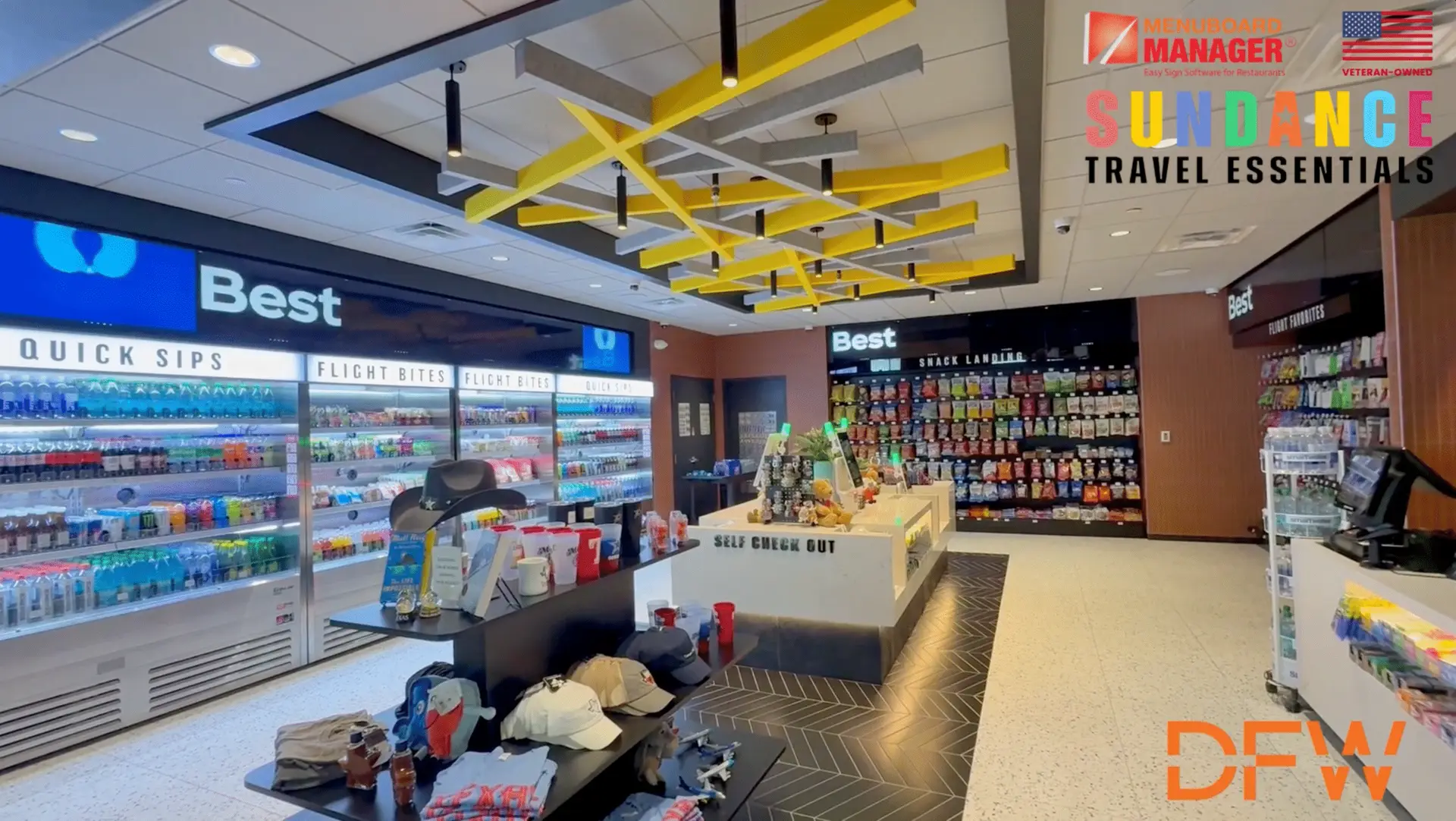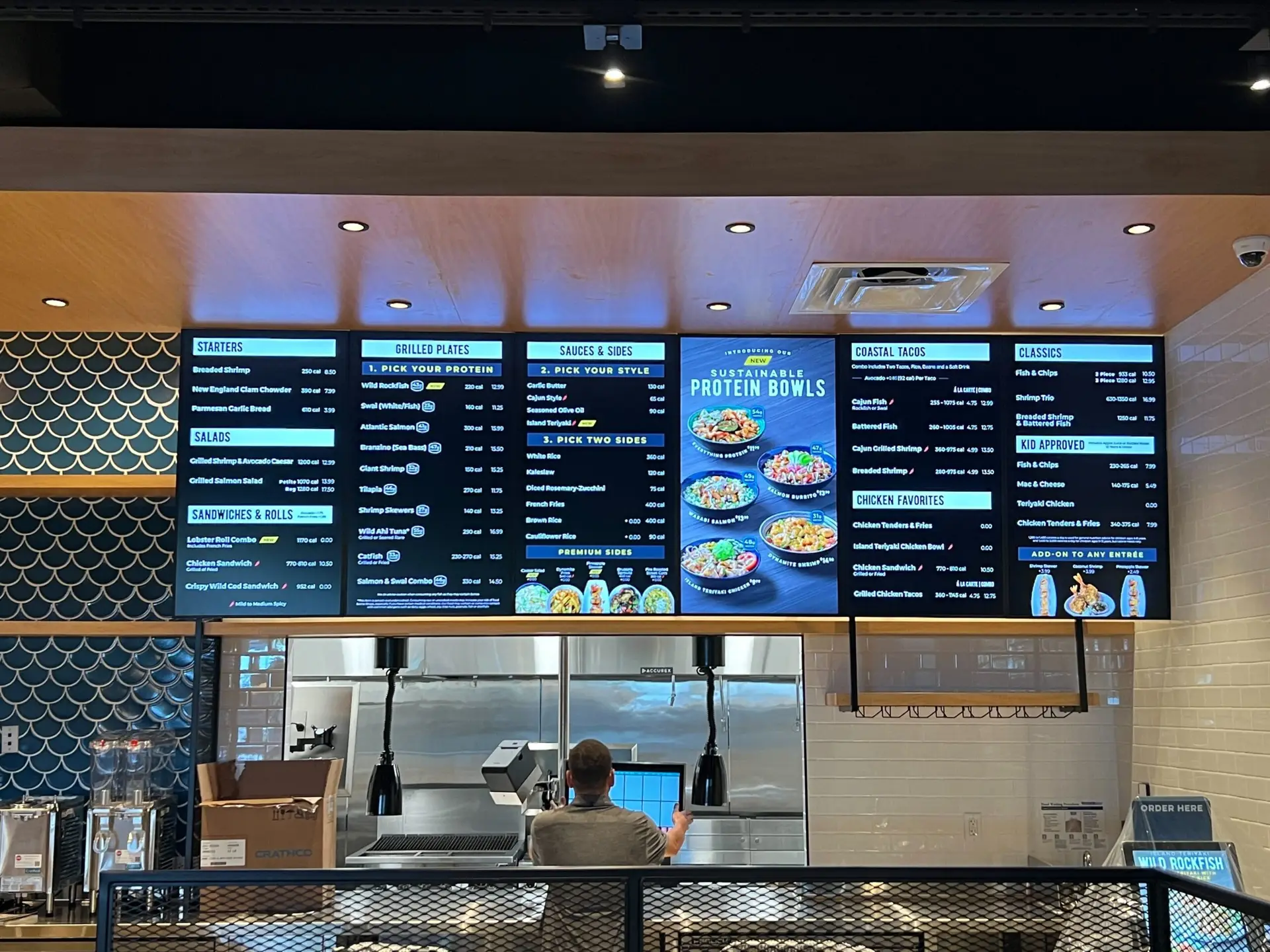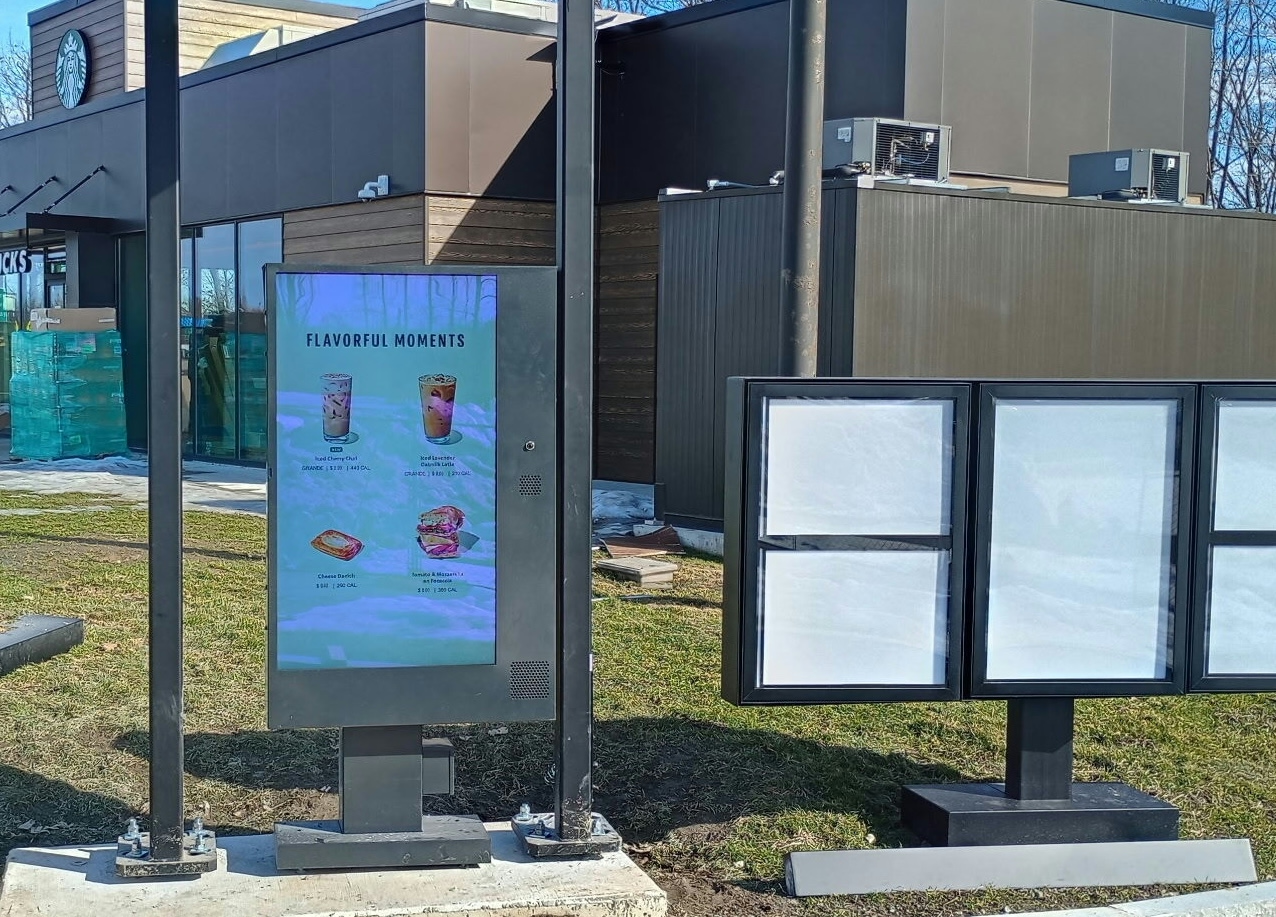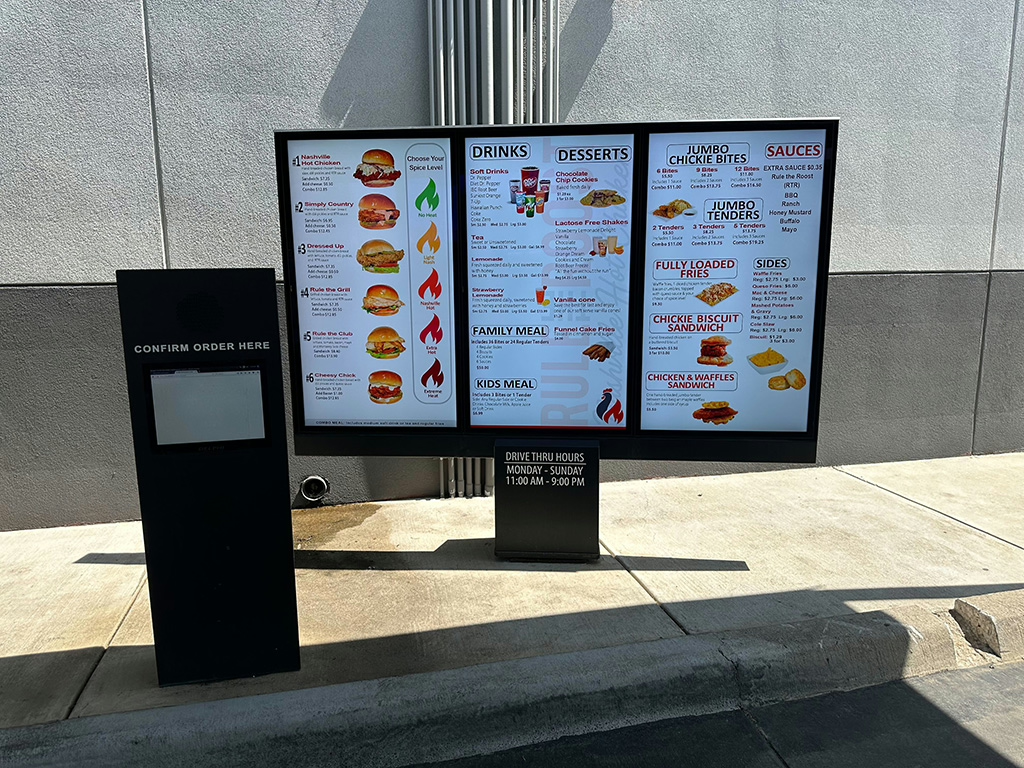Quick-service restaurants (QSRs) are harnessing technology to enhance customer experiences and drive sales growth. A key manifestation of this is the innovative use of digital menu boards.
One prominent trend is the use of touchscreen and interactive systems. These boards allow customers to navigate menus seamlessly, customize their orders, and gain access to nutritional information at their fingertips. This intuitive technology does not only increase customer satisfaction but also has the potential to upsell products and expedite service.
Similarly, another emergent trend is the integration of digital menu boards with point of sale (POS) systems. Such integration allows real-time menu updates across multiple outlets, boosting price consistency and saving time. More than that, integrating with POS systems enables the analysis of sales data to optimize menu performance.
Artificial Intelligence (AI) is further revolutionizing digital menu boards by offering personalized menu suggestions. A board can suggest options based on factors such as the weather, time of day or a customer’s past orders. This ingenious use of AI can result in a higher level of customer targeting and potentially increase sales.
To maximize digital menu boards’ effectiveness, QSRs are also utilizing data analytics, tweaking menus based on customer behavior, traffic patterns, and sales data. The results are dynamic content and video that bring menu items to life by visual attraction or physically demonstrating the food preparation process.
Lastly, the practice of dayparting is becoming increasingly popular. This is the technique of modifying what is displayed on the board based on the time, highlighting breakfast, lunch, or dinner menus accordingly.
In conclusion, the current advances in digital menu boards focus on customer experience enhancement through AI-driven personalization, dayparting, data analytics, and dynamic visual content. These technological advancements are key to increasing service speed, enabling customer personalization, and ultimately propelling sales growth in QSRs.



